AO Edited
Prambanan
This massive complex is made up of hundreds of smaller temples that date back to the ninth century.
According to the records, the first temple in Prambanan was built around the year 850. It is believed that Rakai Pikatan, king of the Sanjaya dynasty Medang Kingdom, had it built partly as a Hindu response to the nearby Buddhist Borobudur, and partly as a marker to commemorate the return of the Sanjaya dynasty to power in Central Java. However, it was Rakai Pikatan’s successor, King Lokapala, who is responsible for expanding the complex to the massive scale that it has become famous for today.
Located on the island of Java, Prambanan is one of the largest Hindu temple complexes in Southeast Asia and the largest in Indonesia. It is not a single structure, but instead hundreds of stone temples in varying shapes and sizes. Several of those temples sit on an elevated courtyard, surrounded by more than 200 smaller ones.
At the center stands 47-meter (154-foot) tall temple. An inscription on the oldest temple, Lara Jonggrang, shows that it was built in honor of Lord Shiva, and it is divided into two main terraces. On the higher terrace are the shrines dedicated to Shiva, Vishnu and Brahma, and on the lower terrace are smaller shrines. Reliefs of the epic Ramayana can be found throughout.
The Prambanan complex consists of three zones, and Lara Jonggrang is located at the physical and symbolic heart of the inner, holiest zone, which houses eight temples in all. The middle zone consists of 224 shrines, most of which bore the brunt of earthquakes and looting, but some have been restored. The outer zone was once surrounded by a wall, but the function of this area is a matter of speculation.
For reasons that remain unclear, Prambanan was largely abandoned about 100 years after its completion. Many of the temples collapsed as a result of natural disasters, including volcanic eruptions and a powerful earthquake in the 16th century. Over time, the jungle reclaimed the ruins of the elaborate temple compound.
In 1811, Thomas Stamford Raffles, a British surveyor, stumbled on the ruins of Prambanan while Java was under the administration of the British Empire. As colonial history unfolded, not much value was placed on Prambanan, which became the object of extensive looting. Eventually, in 1930, restoration began. To date, restoration is still ongoing.
Know Before You Go
Tickets cost $25 for foreign visitors and around $4 for Indonesians. If you’re interested in the stories, legends, and symbols, local guides are available for hire.


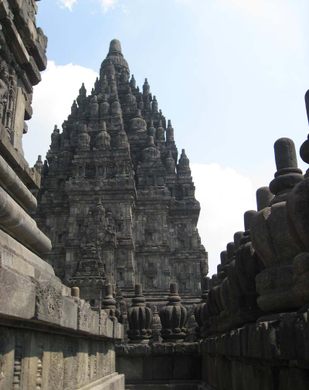
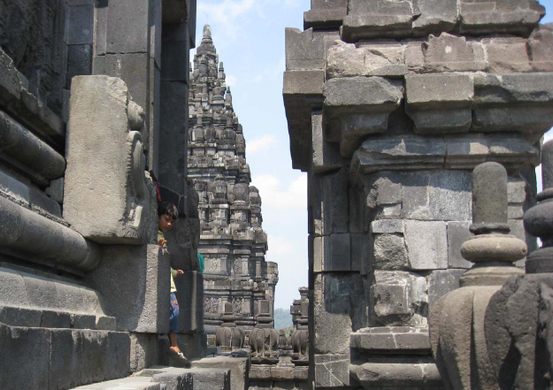


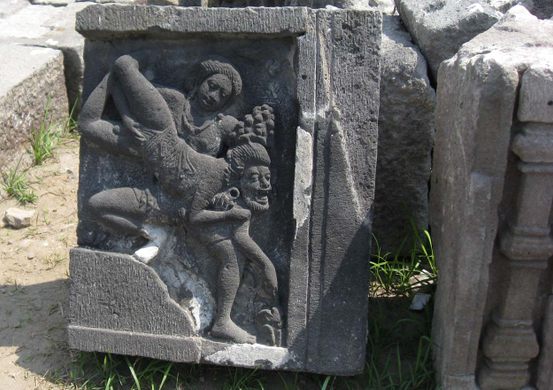
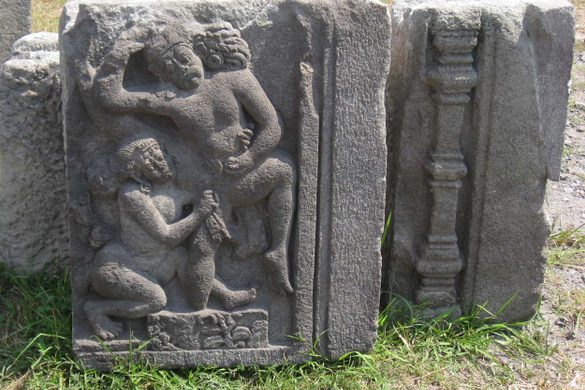

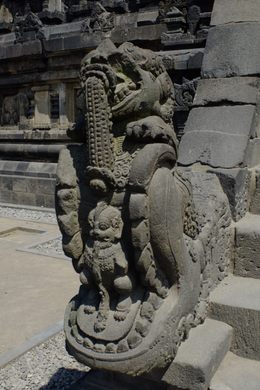


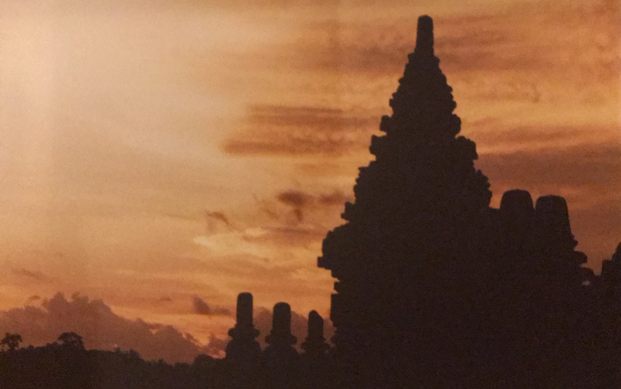



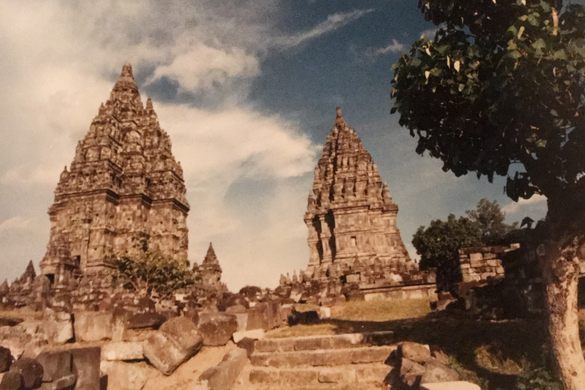
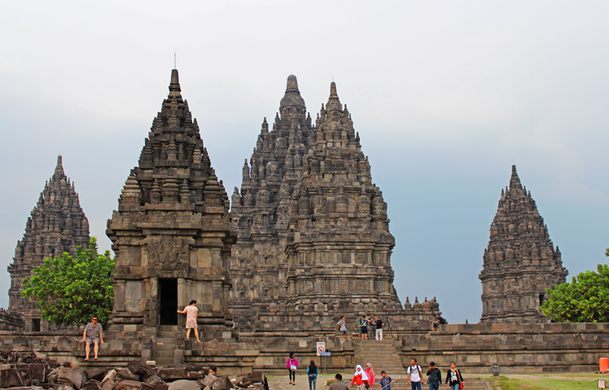








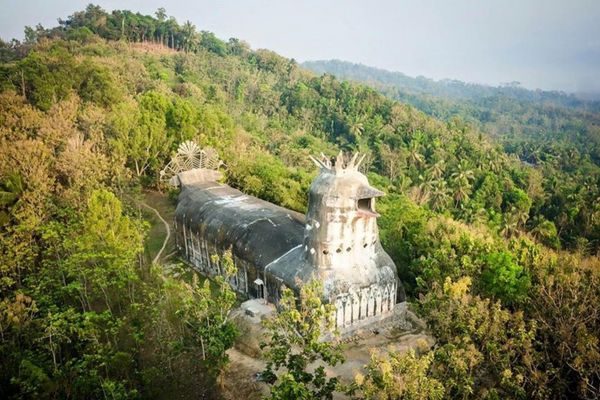
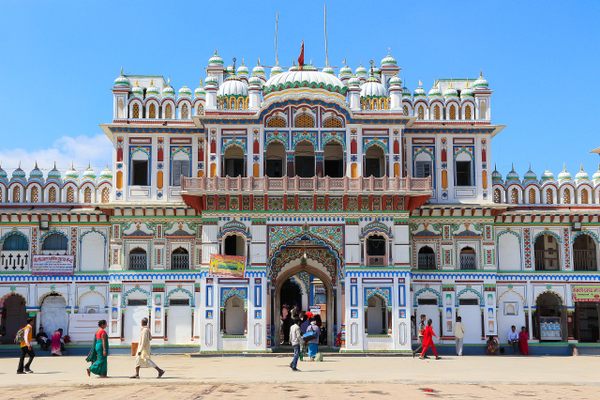
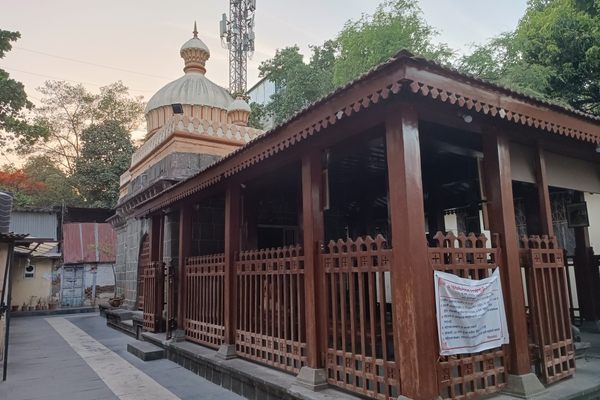
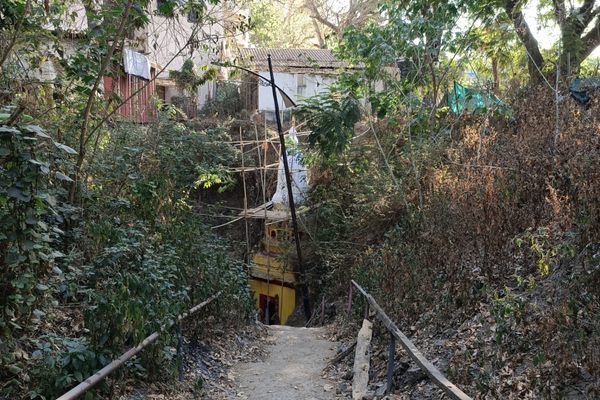
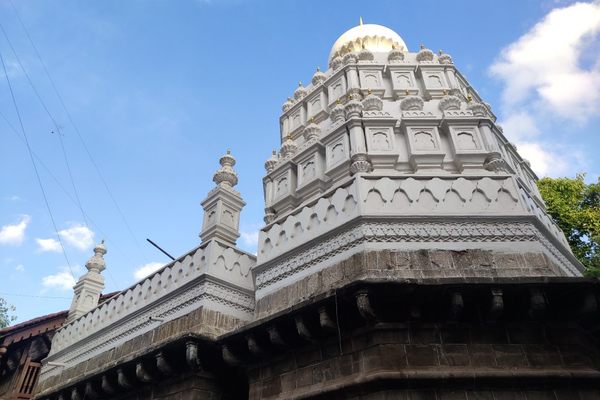

Follow us on Twitter to get the latest on the world's hidden wonders.
Like us on Facebook to get the latest on the world's hidden wonders.
Follow us on Twitter Like us on Facebook